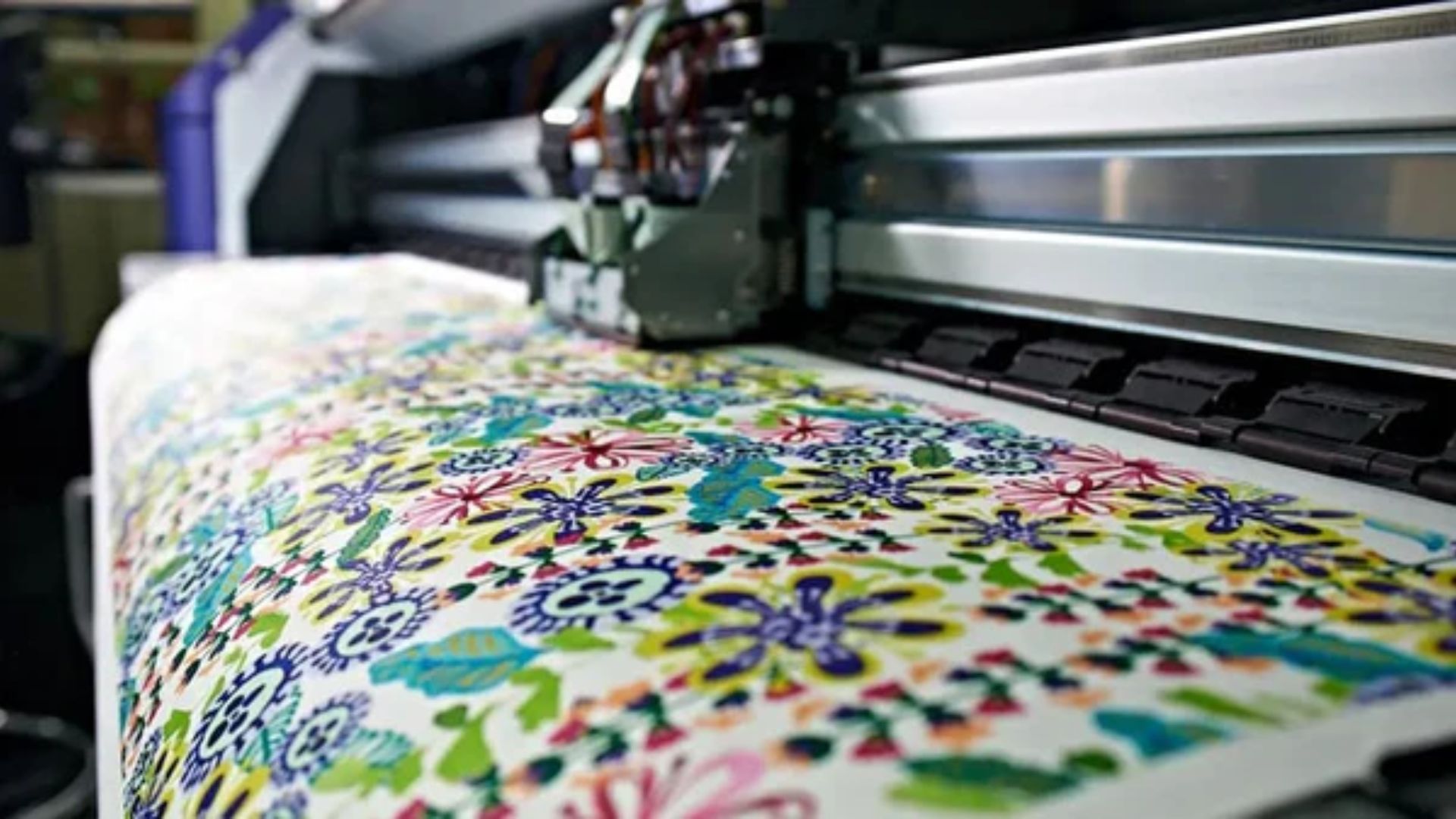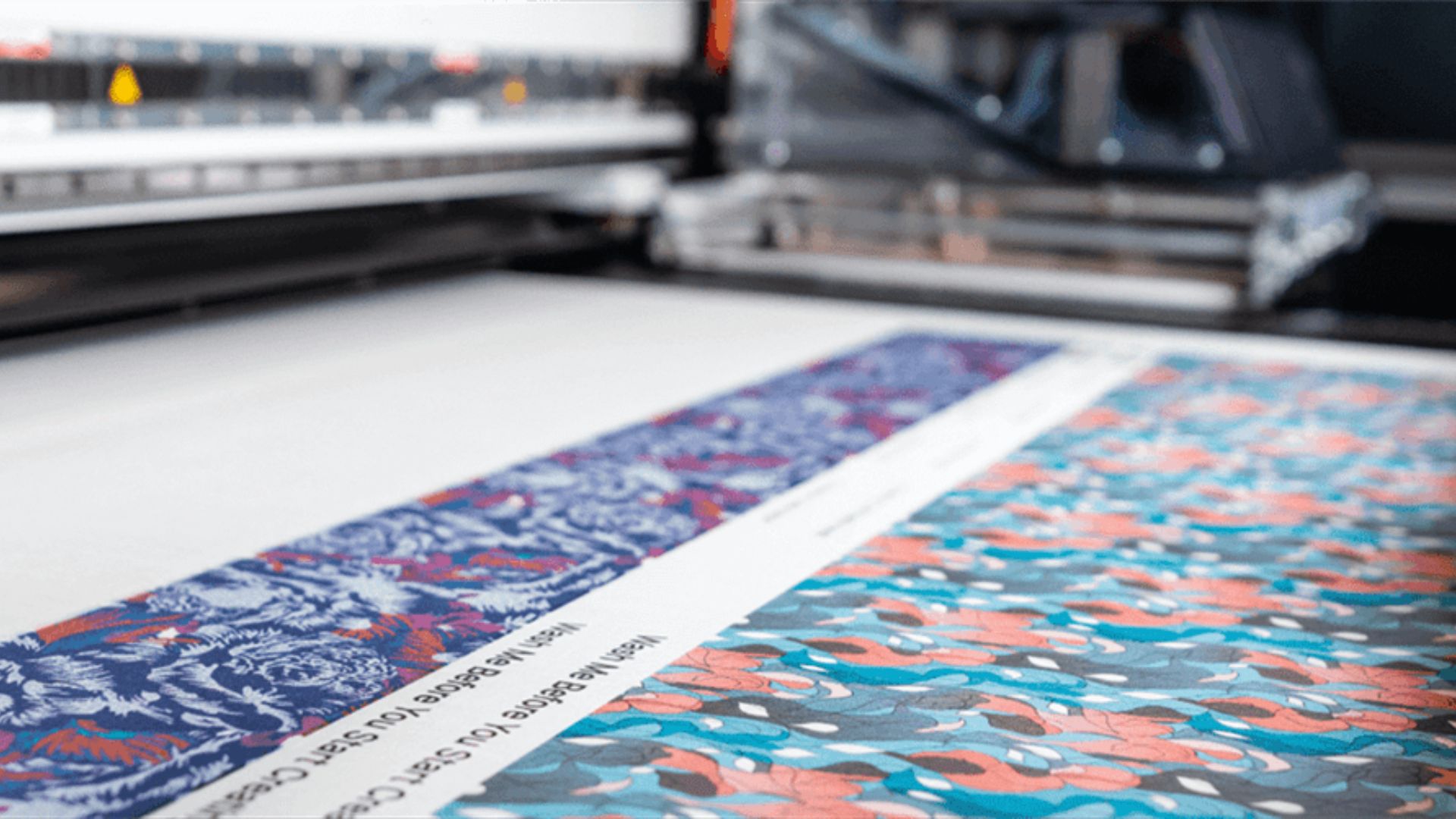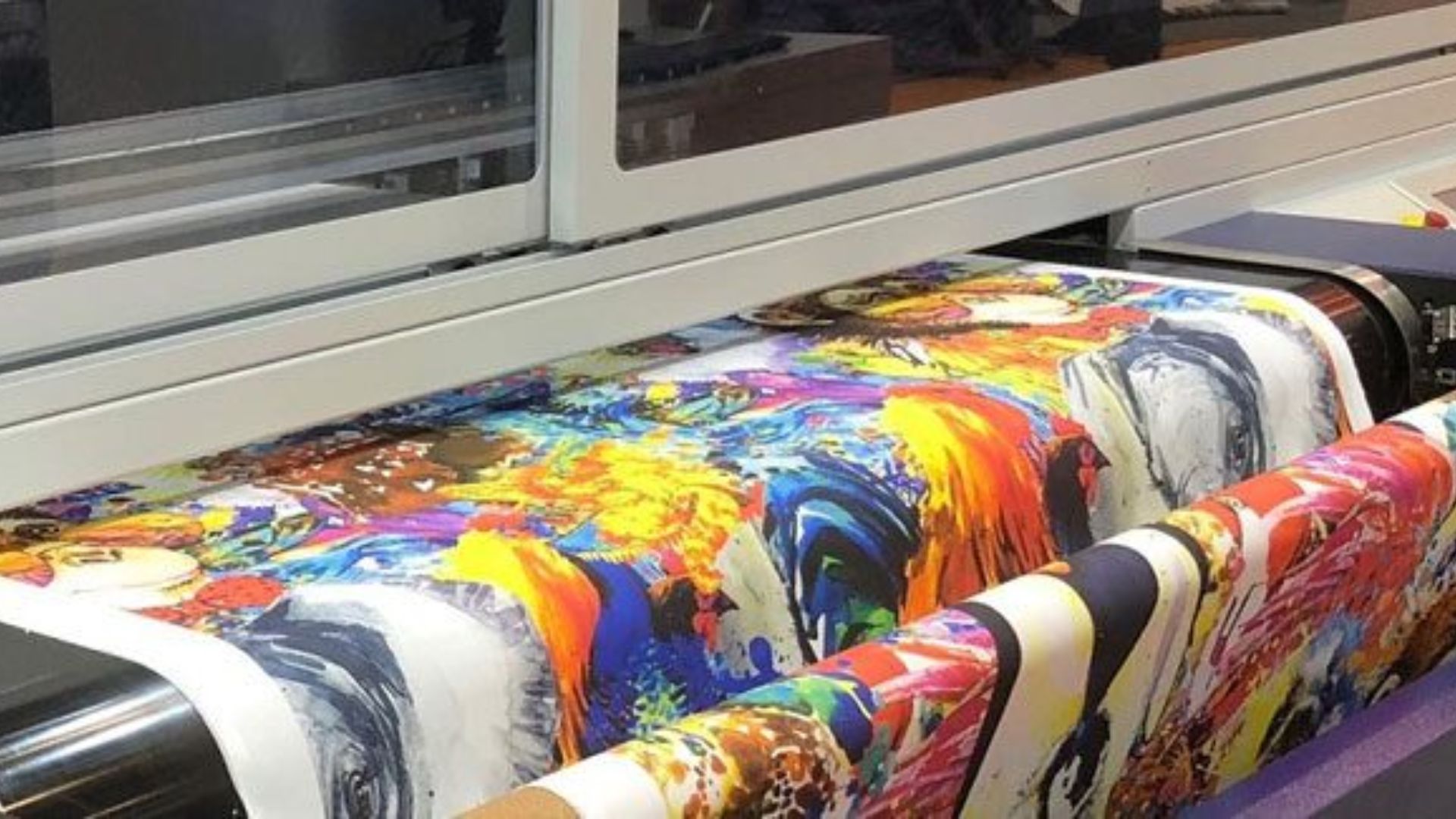The fabric industry has undergone significant transformations over the years, with advancements in technology playing a crucial role. Among these innovations, fabric printing stands out as a game-changer. Fabric printing has revolutionized the way textiles are designed, produced, and marketed, impacting everything from fashion trends to industrial applications. This blog explores the profound impact of fabric printing on the fabric industry, highlighting its benefits, advancements, and future prospects.

Evolution of Fabric Printing
Traditionally, fabric printing involved labor-intensive methods such as block printing and screen printing. These methods, while effective, were time-consuming and limited in terms of design complexity and color variety. The advent of digital fabric printing in the late 20th century marked a significant turning point. Digital fabric printing technology allowed for high-resolution, multi-colored designs to be printed directly onto textiles with unprecedented precision and speed.
Benefits of Fabric Printing
Design Flexibility: One of the most significant advantages of fabric printing is the ability to create intricate and vibrant designs. Digital printing, in particular, enables designers to experiment with unlimited colors and patterns, pushing the boundaries of creativity.
Cost-Effectiveness: Digital fabric printing reduces the need for large inventories and minimizes waste. It allows for short-run production, making it cost-effective for small businesses and designers who want to produce limited editions without incurring high costs.
Speed and Efficiency: Fabric printing significantly speeds up the production process. Digital printers can produce detailed designs quickly, reducing lead times and enabling faster turnaround for fashion collections and custom orders.
Sustainability: Fabric printing, especially digital printing, is more environmentally friendly compared to traditional methods. It uses less water and generates less waste, aligning with the industry’s growing focus on sustainable practices.
Advancements in Fabric Printing Technology
The fabric printing landscape continues to evolve with advancements in technology. The following are a few recent developments:
Eco-Friendly Inks: Innovations in ink formulations have led to the development of eco-friendly inks that are safe for the environment and the end-user. These inks offer vibrant colors and durability while minimizing environmental impact.
3D Fabric Printing: 3D printing technology is making inroads into the fabric industry, allowing for the creation of textured and multi-dimensional designs. This technology opens up new possibilities for fashion and interior design, enabling the production of unique and innovative textiles.
Smart Textiles: The integration of electronics into fabric printing is paving the way for smart textiles. These textiles can change color, monitor health metrics, or provide interactive features, representing the convergence of technology and fashion.
Future Prospects
The future of fabric printing looks promising, with continuous advancements expected to drive further innovation. Key trends to watch include:
Personalization and Customization: As consumer demand for personalized products grows, fabric printing technology will play a crucial role in enabling mass customization. This trend is likely to dominate the fashion industry, allowing consumers to design their own clothes and home textiles.
Sustainability Initiatives: With increasing awareness of environmental issues, the fabric industry will continue to adopt sustainable fabric printing practices. This includes the use of biodegradable materials, waterless printing technologies, and closed-loop systems.
Integration with AI and Automation: Artificial intelligence and automation will enhance the efficiency and precision of fabric printing. AI-driven design tools can generate complex patterns, while automated systems can streamline the production process, reducing human error and increasing output.

Conclusion
Fabric printing has had a transformative impact on the fabric industry, offering numerous benefits including design flexibility, cost-effectiveness, speed, and sustainability. Technological advancements continue to push the boundaries, enabling new possibilities and driving the industry towards a more innovative and sustainable future. As the fabric printing technology evolves, it will undoubtedly continue to shape the landscape of fashion and textile production, offering exciting opportunities for designers, manufacturers, and consumers alike.








